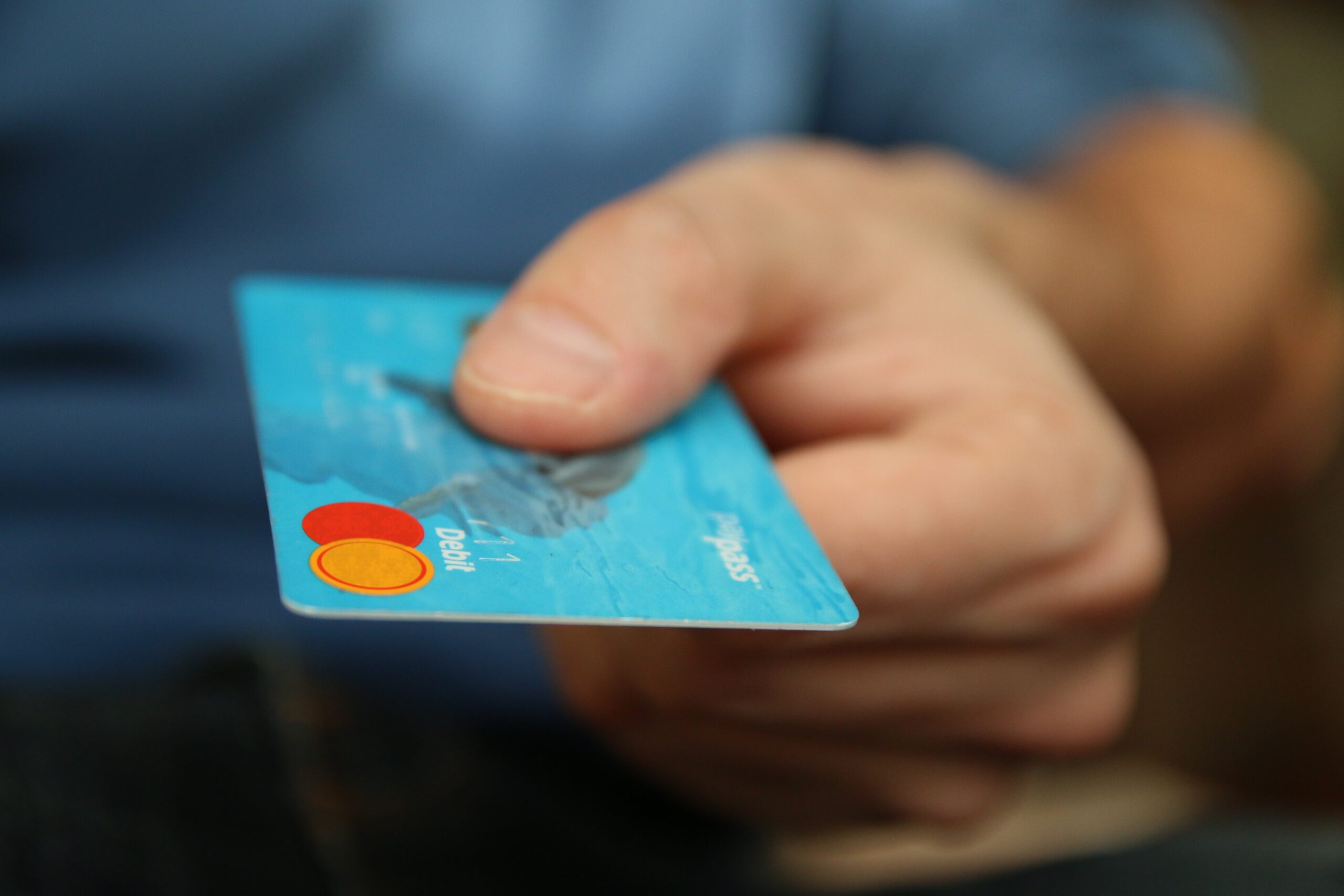Many small business owners are in a difficult spot when it comes time to borrow money from financial institutions. However, they don’t know if the debt will be good or bad for them. Understanding how and why they differ is key to avoiding bad debt for your small business.
Small business growth can be affected by knowing the difference between good and bad debt. You should be aware that even though you might have heard the terms good and bad debt in many contexts regarding personal finance, there is a subtle difference when it comes to small business environments. Get Started
To avoid making bad business decisions with credit, understanding the difference between good debt vs bad debt is key. For example, do not assume that all loans for equipment will be considered good if it helps improve productivity. On the other hand, borrowing to expand into new markets would likely be classified as good debt for your small business. Your ability to repay depends on whether or not the venture is ultimately successful.
How good debt can help you grow your business
Any type of loan or credit that can be used to help your business grow in the long-term is considered good debt. This could include equipment purchases, expansions, working capital lines of credits, real estate and other assets.
There are several types of good debt:
- A mortgage on real property that is expected to rise in value.
- Credit lines that can be used to expand your business or purchase equipment.
The best use of good debt is to buy income-generating assets such as the ones mentioned above. These assets will appreciate in value over time and can be expected to return their investment in the long term. Instead of using funds for personal purposes, you can earn interest and profit from renting the item.
Let’s take, for example, the possibility of buying an apartment building that has an outstanding loan. In addition to making money monthly through rent, you will also be able to enjoy tax benefits. The depreciation allowance calculates based on the amount of your loan against which you are entitled to deduct a percentage each year until it is fully depreciated. You can build wealth by investing in good debt.
Types Of Bad Debt
Bad debt is used to buy consumable goods or non-durable goods which lose value over time. These items don’t produce any income but can eat into your cash flow because of the high finance costs on your business loans. Bad debts are money borrowed to purchase cars, clothes, or other luxury goods. They can be erased if they are sold at a lower cost, such as during bankruptcy.
Although certain assets, such as computer equipment, fall under good and bad debt depending on whether they are leased or purchased by the borrower, it is always best to not borrow funds to purchase personal property. These items can be difficult to sell later if necessary.
What is the difference between good debt and bad debt?
There are three things you should know when it comes to understanding the difference between good and bad debt. They include recognizing risky borrowers, how they behave when faced with financial difficulties, and the aftermath of default.
[mpp id=”4″]
Recognizing Risky Borrowers
It is important to identify risky borrowers when you borrow money from financial institutions. First, you should know that most of these people have had financial problems in the past. This includes foreclosures and bankruptcy filings.
You should not trust anyone who promises you huge returns on your investments. If someone claims that they can double your investment within six months using their secret trading formula or method, it is probably too good to true.
How the funds are used is the key to determining whether you have good or bad debt. Good debt decisions can increase your company’s productivity and equity. These funds can be used to improve cash flow and increase equity in an asset that is rapidly increasing in value.
It’s easier to avoid falling for risky borrowing when you know the difference between good and bad debt. Do not borrow money for frivolous reasons. It could backfire on you in the form of late repayments or collection actions. Keep your credit lines intact to ensure they are available when you most need them.
When it comes to getting a line of credit, small business loans or merchant cash advances Progressive Business Capital offers good debt that can help you purchase the equipment you need, or funds needed to market your business that helps your business grow. In a nutshell “Good Debt” grows your business while “Bad Debt” can harm your business. Contact us online, via phone (800) 508-4532 or email [email protected]. We service businesses across the country.

